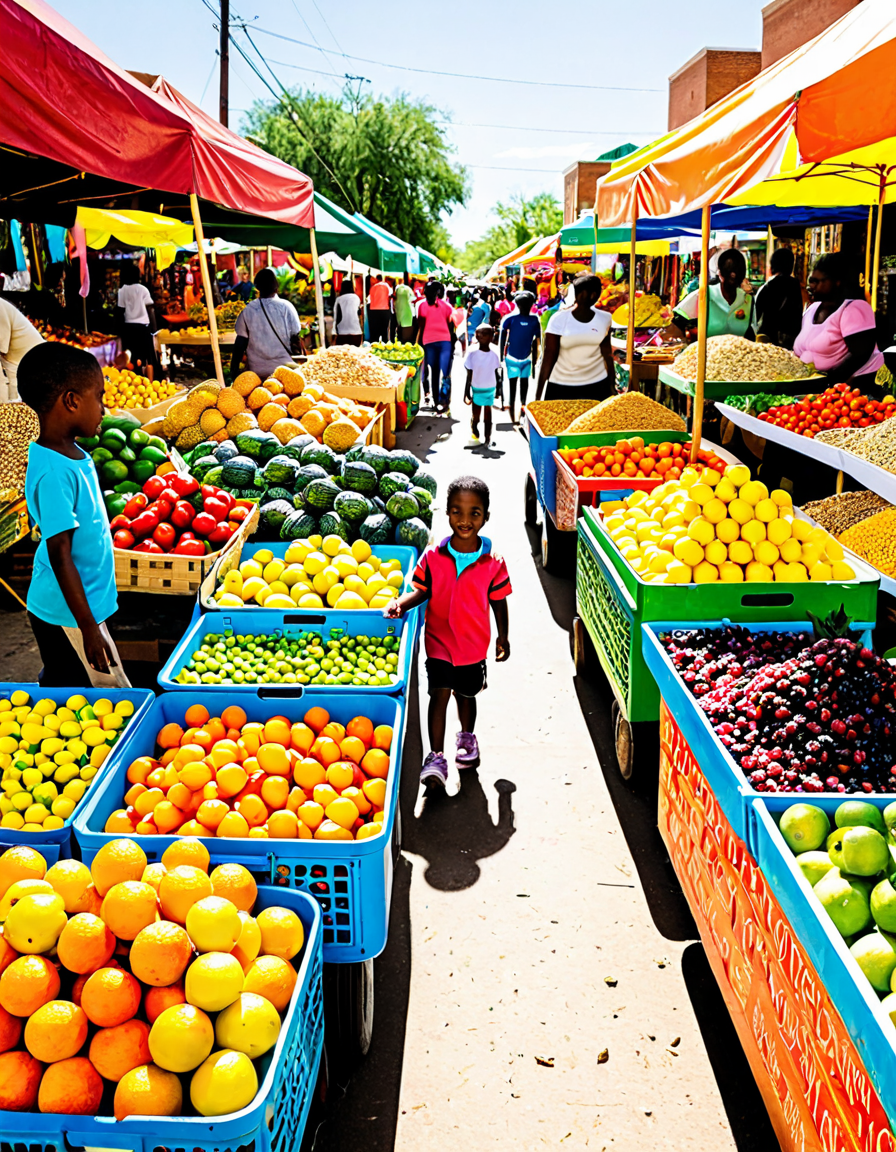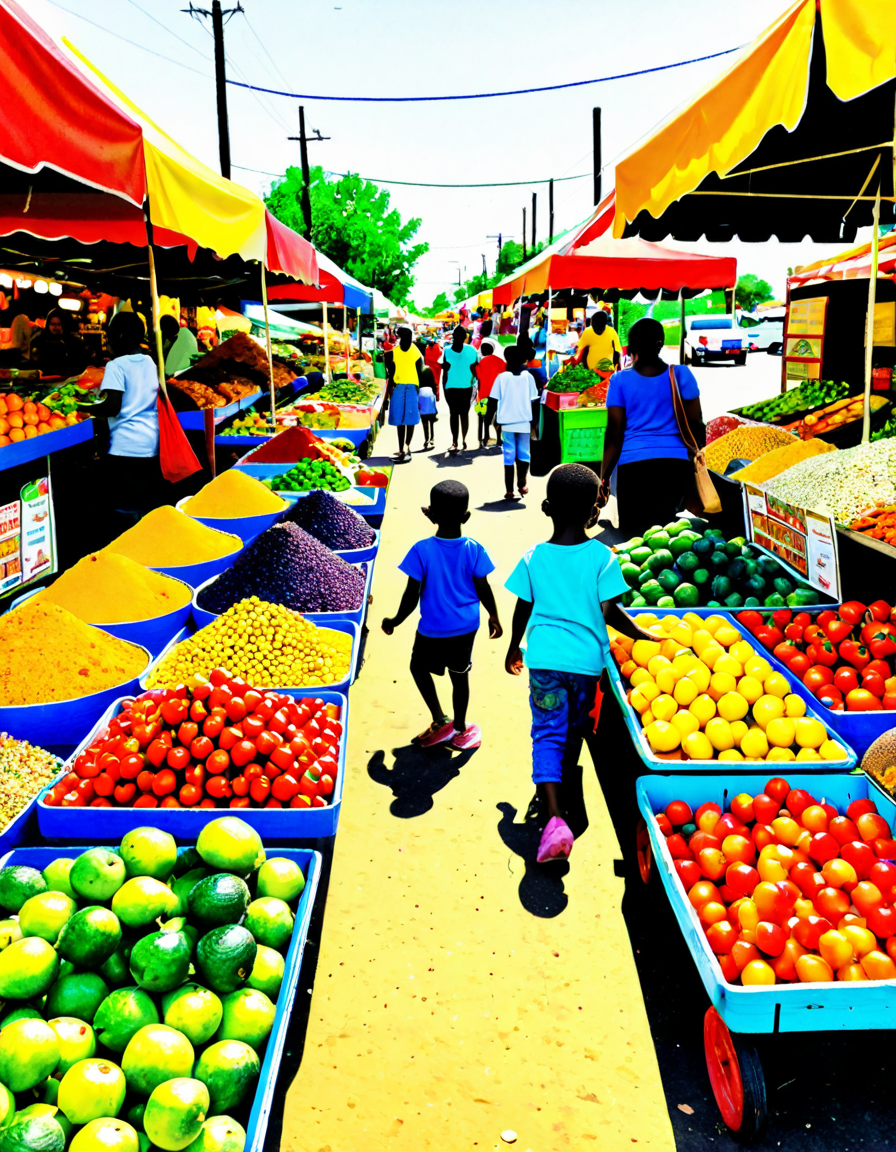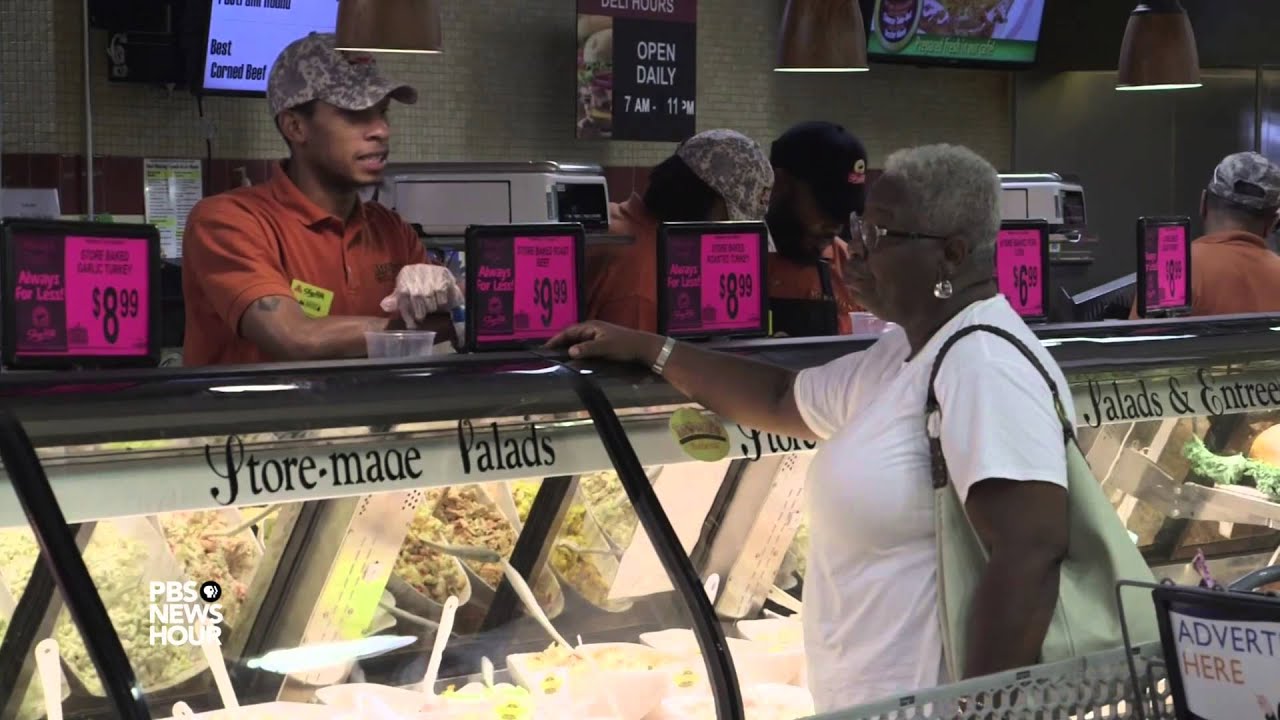Understanding Food Deserts: The Nutritional Crisis Facing Our Communities
Food deserts are areas where people have limited access to affordable and nutritious food. This deficiency is especially prevalent in low-income neighborhoods, where grocery stores and farmer’s markets are scarce. Instead of easy access to fresh produce, people often find convenience stores stocked with junk food, leading to a crisis that contributes to rising obesity rates and chronic diseases. It’s a stark reality that affects millions of Americans, particularly in urban and rural areas alike.
The lack of nutritious food isn’t just a minor frustration; it creates significant health issues. You might wonder how something like this happens. Well, when grocery stores are few and far between, families often lack access to healthy options. This situation can lead to a reliance on processed and unhealthy foods, fostering conditions like diabetes, heart disease, and even certain types of cancer. With the overall health of communities suffering, it’s time to get creative and find solutions to combat the realities of food deserts head-on.
In this article, we’ll explore not just the daunting challenges posed by food deserts, but also provide actionable insights into how communities can rise up against these nutritional crises. Armed with knowledge and innovative solutions, communities can thrive, enhancing the lives of those who have been, for too long, deprived of healthy eating options.

Top 7 Innovative Solutions Addressing Food Deserts
The Role of Policy in Combating Food Deserts
Effective policy plays a crucial role in addressing food deserts. Advocates for change have begun to push for policies that encourage grocery store development in these areas. Offering bridge loans for startup grocery stores or tax advantages for larger retailers can attract businesses to underserved regions. This expands access to fresh food choices, while also improving local economies.
Incentivizing urban farming and maintaining existing grocery stores is also vital. Policymakers must develop a comprehensive approach that includes public awareness campaigns and programs aimed at reshaping food systems to ensure sustainability. Rethinking zoning laws can provide spaces that allow for community gardens and farmer’s markets to flourish in food deserts.
Moreover, addressing transportation challenges is essential. Many folks in these areas can’t easily travel to grocery stores or farmer’s markets, especially during extreme Jupiter weather. By subsidizing public transport options or creating safer walking routes, local governments can improve food accessibility, ensuring that everyone can reach nutritious food without excessive hardship.
Creating a Vibrant Community within Food Deserts
Building community resilience requires collaboration from residents, local organizations, and city officials. Creating centers where residents can come together not only to share resources but also to participate in food preparation tutorials can help mitigate the impact of food deserts. When people gather for family-style dinners, they can share knowledge, skills, and support, reinforcing social networks.
Moreover, establishing educational workshops focusing on nutrition can empower community members. Learning to cook healthily with limited resources is just as essential as having access to these resources. Organizing events around food brings people together and fosters strong community ties. It’s those connections that can make all the difference.
By prioritizing local collaboration and resource-sharing, communities can create a supportive environment where nutritious food is a right, not a privilege. Food deserts can’t define us; instead, we can turn the tide through creativity and community spirit.

Innovative Wrap-Up
As we progress through 2026, tackling food deserts requires systemic changes in how we approach food distribution and accessibility. It calls for creative solutions that harness technology, forge community partnerships, and enforce effective policies. Overcoming food deserts is imperative for the health, longevity, and sustainability of our communities.
By working together and implementing innovative strategies—like mobile grocery stores, community gardens, and nutritional education programs—we can change the narrative around food access. Let’s make the lack of nutritious food a thing of the past, fostering a future where everyone has what they need for a healthy life, no matter where they live. In the end, closing the gaps that food deserts create is not just a challenge but a necessity for the well-being of all individuals.
With a collective effort, we can reshape our neighborhoods and ensure nutritious food is always within reach. After all, when we stand together, there’s no desert too vast to cross!
Food Deserts: Starving Our Communities of Nutrition
What Are Food Deserts?
Food deserts are areas where access to affordable, healthy food options is limited or nonexistent. They often pop up in urban neighborhoods, rural towns, and places like Tooele, where fresh produce and nutritious meals seem more like a luxury than a norm. Did you know that nearly 39 million Americans live in food deserts? That’s a staggering number! These communities struggle not just with health issues but economic viability as well, making it crucial for us to understand this issue.
The Impact of Food Deserts
When people don’t have easy access to grocery stores, they often turn to fast food and convenience stores for meals. This shift can create a diet high in processed foods and low in essential nutrients. It’s almost like the water temperature in Key west crucial for tourists’ enjoyment; communities thrive when their needs are met. Food deserts contribute to serious health issues, including obesity, diabetes, and heart disease. The stats can be disheartening—it’s as if grocery stores are the wet bar of healthy living, providing resources necessary for a balanced lifestyle, yet these bars are often hard to find.
Trivia and Interesting Facts
Curiously, the term “food desert” wasn’t coined until the 1990s! The concept has roots that delve into socio-economic factors affecting communities. For instance, many individuals in food deserts don’t own reliable cars, making trips to faraway grocery stores a huge inconvenience, akin to the struggles depicted in Last Resort Lyrics. Studies have shown that increasing access to fresh food can lead to better health outcomes—and, who wouldn’t want a slice of that pie? Just like finding the best vacuum to tackle cleanliness, improving food access can tidy up health issues as well!
So, next time you consider your grocery choices, think about your neighbors and families in food deserts. They face challenges that are all too real but often overlooked. Raising awareness and pushing for policy changes can make a difference, and it starts with all of us. Whether it’s helping to support local farmer’s markets or advocating for community gardens, every little bit counts. Together, we can work towards thriving neighborhoods instead of starving communities.





